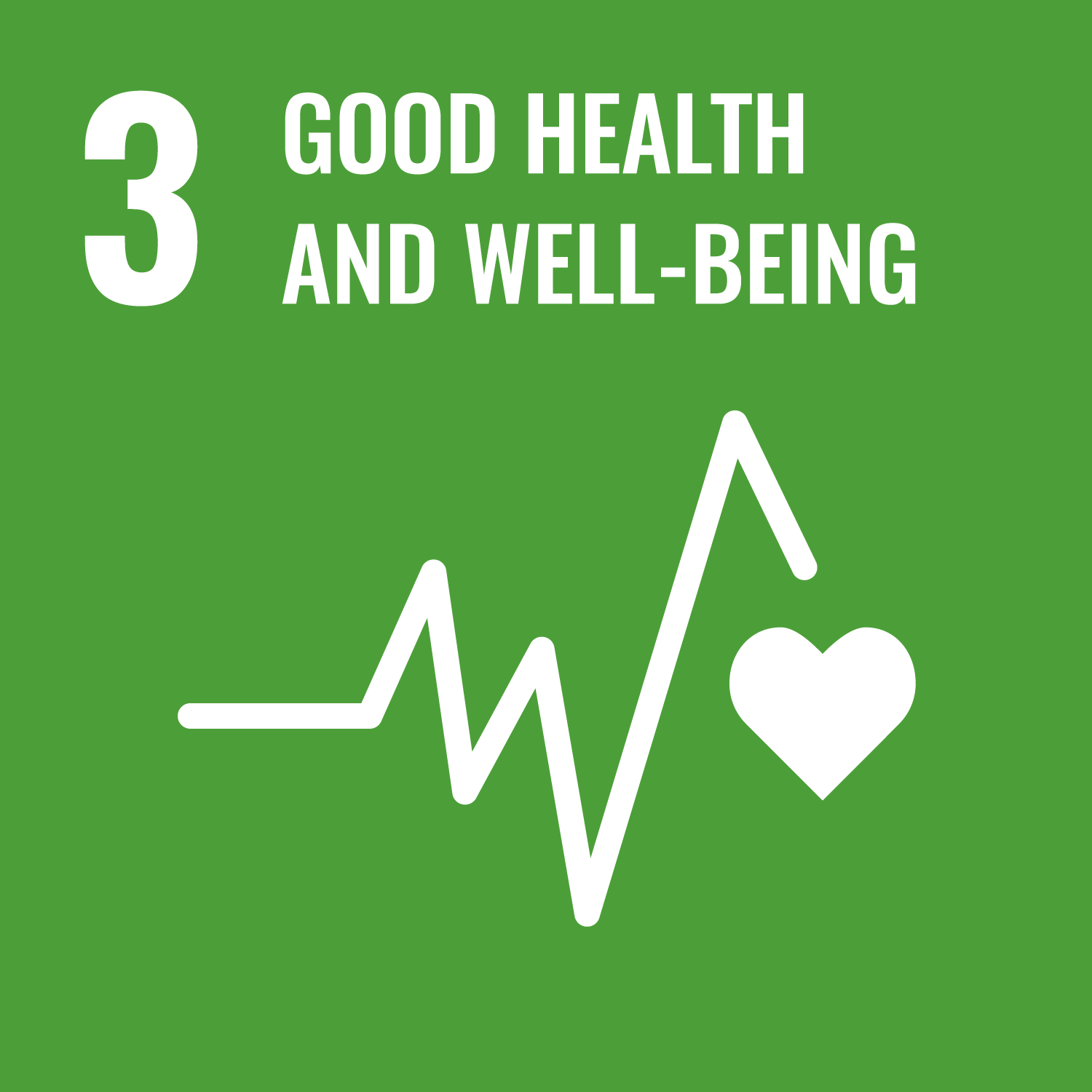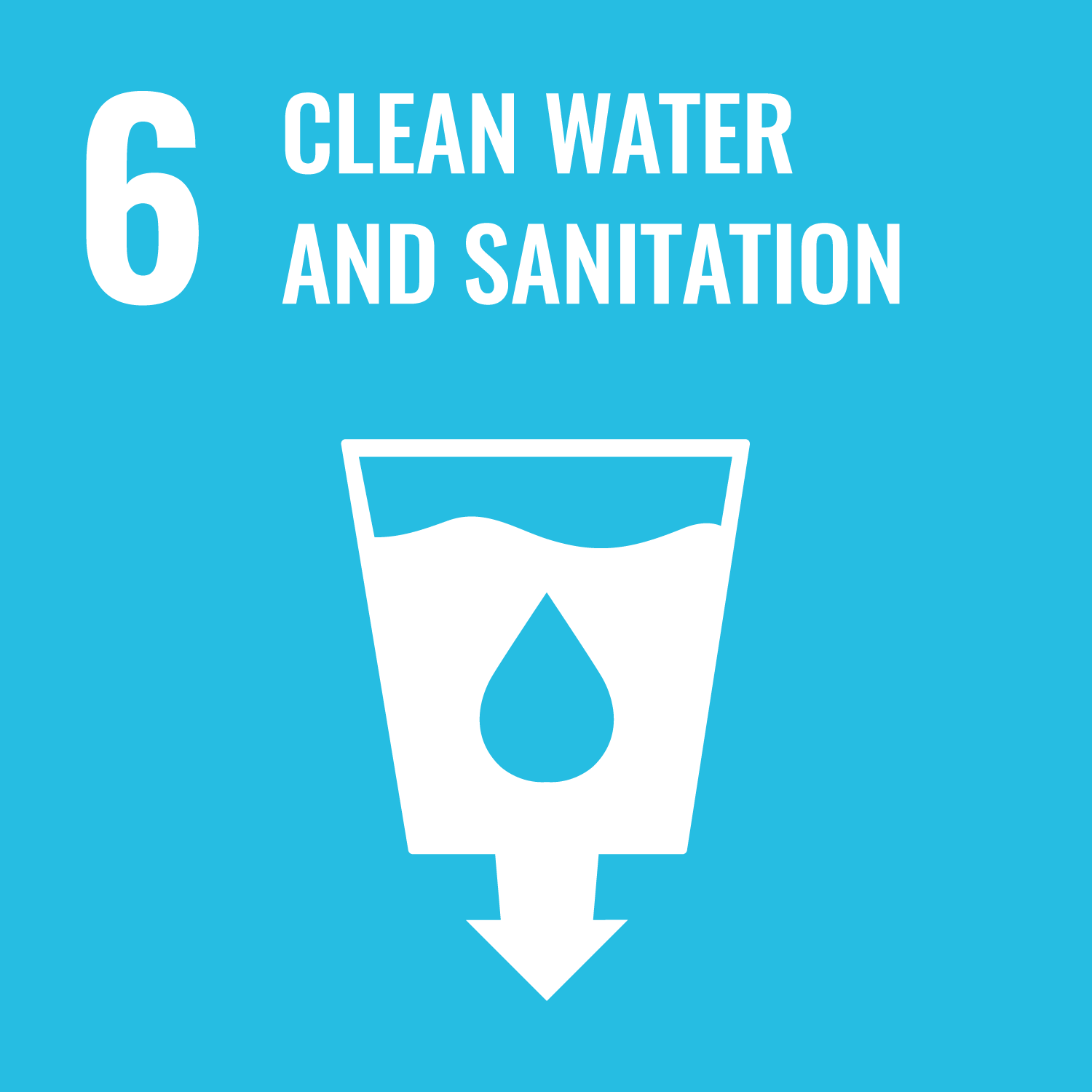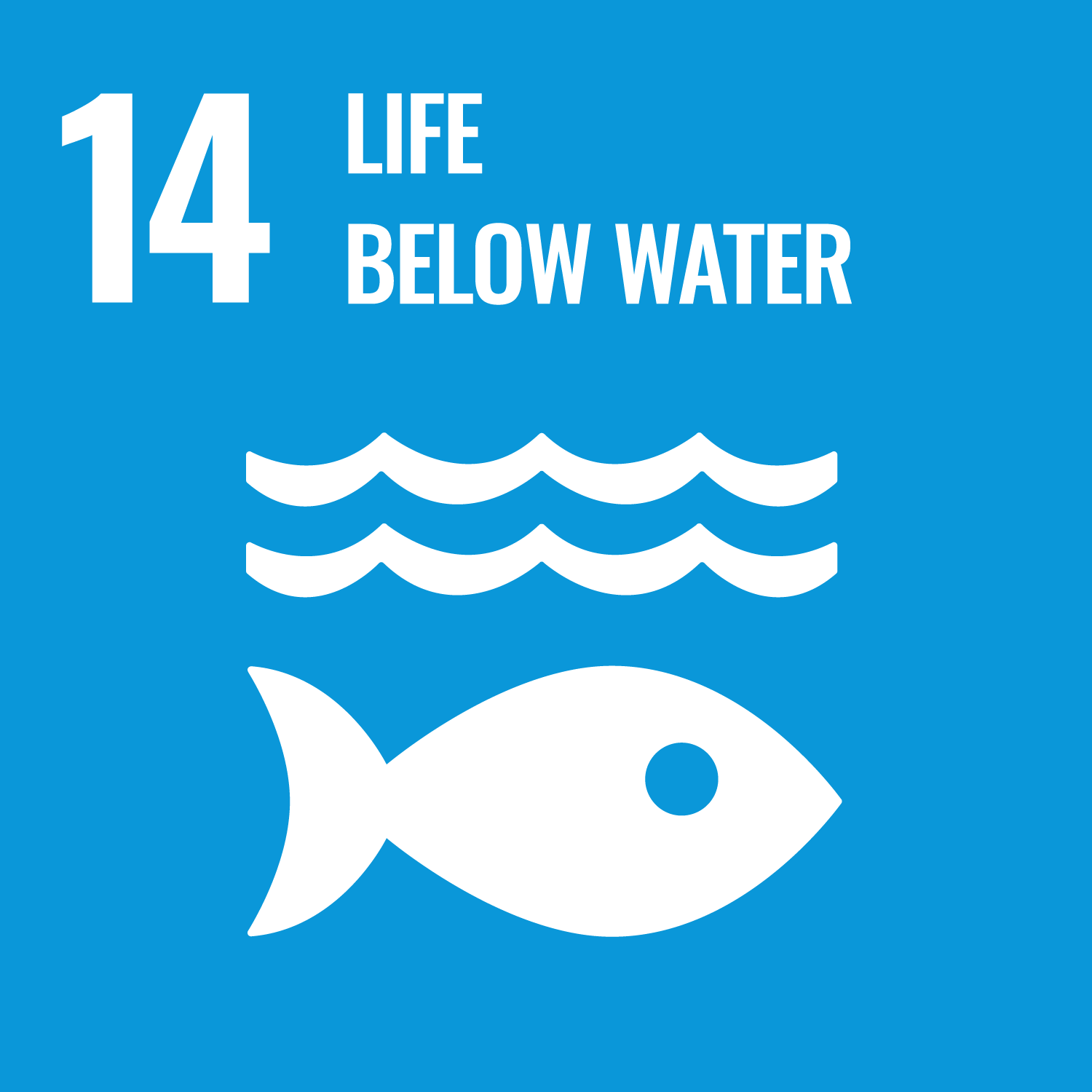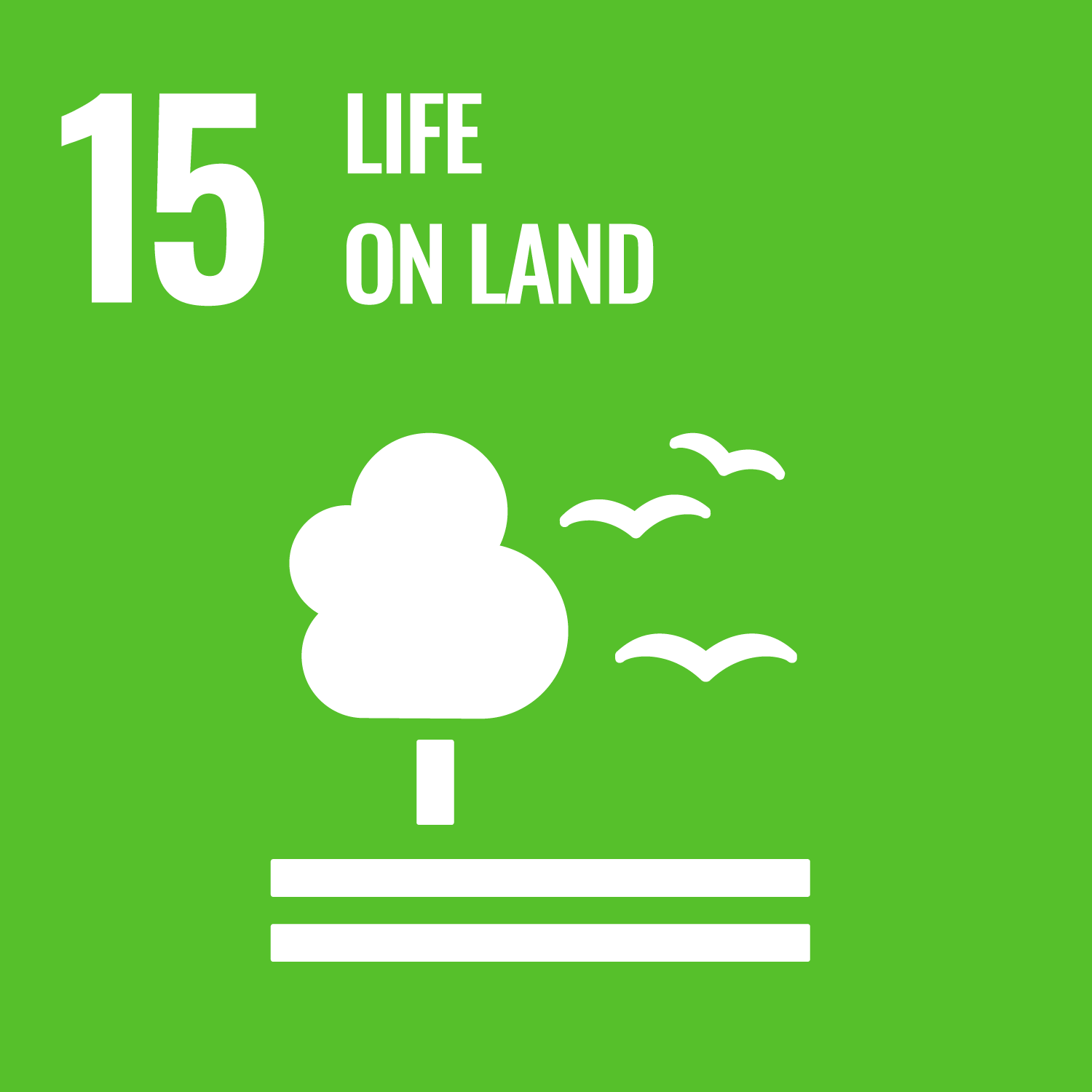



The natural environment encompasses all living and non-living things within the biosphere that have evolved naturally for millions of years: landscapes, oceans, water, atmosphere and biodiversity. A healthy natural environment enables the flourishing of human life and is essential to our wellbeing. However, the natural environment has been altered at a large scale in the modern world by human actions.
In its unique location, the University has plenty of green spaces and properties that border protected areas and reserves. These spaces are open to all students, staff and the local community. The University has a social and environmental responsibility to manage, maintain and improve the natural elements found on each of its properties to best practice standards, as well as to meet legal requirements and be in line with regional natural resource management strategies and frameworks.
Our commitment to the natural environment
Nature Positive Pledge
We have joined a global network of 400+ universities on a Nature Positive journey. Launched by UN Environmental Program in collaboration with the University of Oxford to commit to enhancing the university’s positive impacts on nature (both land and aquatic ecosystems) and restoring species and ecosystems that have been harmed by the impacts of a university and its activities.
To be 'Nature Positive' there must be a measured biodiversity baseline, timeframe, a target, clear actions, analysis of how actions add up, monitoring and transparent reporting. The University of Tasmania has been on a nature positive journey for some time, having already completed a species assessment of all our campuses, including identifying those that are of concern, threatened or endangered. We also have assessed weeds, natural values, and threats. Our pledge recognises actions we have already taken and that we will build on these.
Policies, Strategies and Plans
The University has a strong tradition in environmental education and research, as well as contributing to greater awareness of the importance of sound environmental management in the broader community. It is also committed to supporting staff and students in making sustainable decisions around the natural environment. Consistent with this, the University has a focus on best practice management of the impact that University operations have on the environment. This is reflected in:
- The Strategic Framework for Sustainability (PDF 2.5 MB), which includes our commitment to "manage the University’s natural environment effectively for biodiversity with emphasis on protecting rare and threatened native species and minimising environmental harm.
- The Sustainability Policy, which dictates that the University will develop, maintain, and operate sustainable campuses, both built and natural environments, through applying outcomes driven sustainable design principles, assurance frameworks and operational tools.
- The University’s Strategic Direction: “Our work occurs in an environment of extraordinary significance and beauty. Islands are great reminders that we have to work with ecosystems not against them. Sustainability is a theme that needs to echo through all that we do.”
A University Natural Space Management Strategic Plan in currently being developed and will be made publicly available when finalised. This strategic plan will guide the entire University community in achieving our natural environment objectives, including conservation of native species and their habitats, and reducing human impacts on the environment.
Our natural environment initiatives
The University of Tasmania acknowledges that environmental protection and sustainability are key priorities in the way the University operates’ and aims for net positive environmental outcomes, with one of the main objectives being to maintain and improve biodiversity in an ecologically appropriate manner in consultation with the various university communities.
This objective has been addressed so far through:
- The inclusion of the protection and enhancement of the natural environment as a key element for the University Reserve’s fire management plan (Sandy Bay campus). The plan includes suppression of weeds and encouraging endemic flora and fauna communities
- Significant multi-year efforts delivering protection and improvement of Newnham Creek (Newnham campus)
- Feral animal and weed control, as well as protection of penguin nesting habitat, at West Park campus.
- Installation of the largest green roof in Tasmania on the new building at West Park campus, using plants with local provenance (that is seed collected and grown out locally before planting on the roof)
- Conducting Bioblitzes on our campuses (that is an event that focuses on finding and identifying as many species as possible in a specific area over a short period of time or a biological census)
- Inclusion of natural areas into the campus sustainability trails, with explanatory signage for local threatened species found in the area.
- Creation of a series of species hotels to help restore habitats for local wildlife (including threatened species) by first year Architecture and Design students.
- Establishment of the Tasmanian University and Community Landcare Society, and the Biological Sciences Club.
- Inclusion of natural environment-focused projects in the International Green Gown Award-winning Sustainability Integration Program for Students (SIPS).
Our progress
The University properties in Tasmania are regularly assessed for natural values and threats using the Natural Values Atlas and the Land Information System Tasmania (LIST) Map , an online geographic information tool that enables the viewing of geographical information and data points at state-wide scale in Tasmania. The LIST is managed by Land Tasmania, a Division of Department of Primary Industries, Parks, Water and Environment (DPIPWE).
The most recent assessment occurred in early 2019. It includes natural values of conservation concern and its main threats, including flora, fauna, and plant communities that are threatened in Tasmania, as well as invasive flora and fauna, protected areas, and sea level rise risk found at University properties and within 500m of the property boundaries.
- Threatened species in and around University properties (PDF 526.5 KB)
- Invasive plant (weed) species in and around University properties (PDF 671.4 KB)
- University properties and associated natural values and threats (PDF 56.8 KB)
Get involved
There are several things that you can do at the university and at home to assist in conserving and restoring the natural environment.
- Participate in the Sustainability Integration Program for Students (SIPS) with a natural environment related project.
- Become involved with the University south Environment Collective group or a Tasmanian University Student Association club or society with a focus on the natural environment.
- Get involved with your local Landcare or environmental group such as Conservation Volunteers, or start your own group! Your local council may also have a Bushcare or environmental group you can join.
- Try planting native species in your garden at home to create habitats for local wildlife; native birds, mammals, reptiles and insects all need native habitat to survive.
- The Department of the Environment regularly update a calendar on environmentally related events. Also, Inspiring Tasmania list events and citizen science projects. Find an event or a project that you are interested in and get some local participation happening in your area!
To support natural environment initiatives at the University, please download this poster and display it in your area:
Get in touch
Do you have a query or feedback about the 'natural environment' at the University of Tasmania? We would love to hear from you.